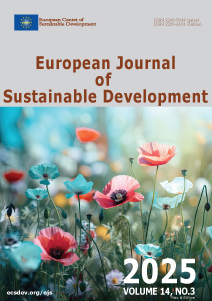The use of Rainwater Harvesting in a Multifamily Building
Keywords:
Feasibility assessment, Water Savings, Computer simulation, Buildings, SustainabilityAbstract
Water is an indispensable resource for life on Earth, and the means to obtain potable water are becoming increasingly expensive and challenging due to climate change and pollution of natural freshwater sources. Therefore, encouraging the rational use of water and implementing water-saving methods are fundamental to promoting sustainable development. Among the measures adopted to save potable water, rainwater harvesting for non-potable use in residential buildings stands out as a simple and efficient alternative. Thus, this study aims to assess the potential for potable water savings and the economic feasibility of implementing rainwater harvesting in a multifamily building in Florianópolis, southern Brazil. The Netuno computer programme was used to estimate the potential for potable water savings and perform the economic feasibility analysis. Netuno’s input data include daily rainfall, rainwater harvesting area, average daily water demand and rainwater demand. Once the ideal tank capacities were determined through the simulations, the potable water savings amounted to 11.78%. The costs involved in implementing the rainwater harvesting system were R$15,293.19, with a payback period of seven months and an internal rate of return of 14.92% per month, making it an economically viable investment.
Keywords: Feasibility assessment; Water Savings; Computer simulation; Buildings; Sustainability.
Downloads
Published
How to Cite
Issue
Section
License

This work is licensed under a Creative Commons Attribution-NonCommercial 4.0 International License.





